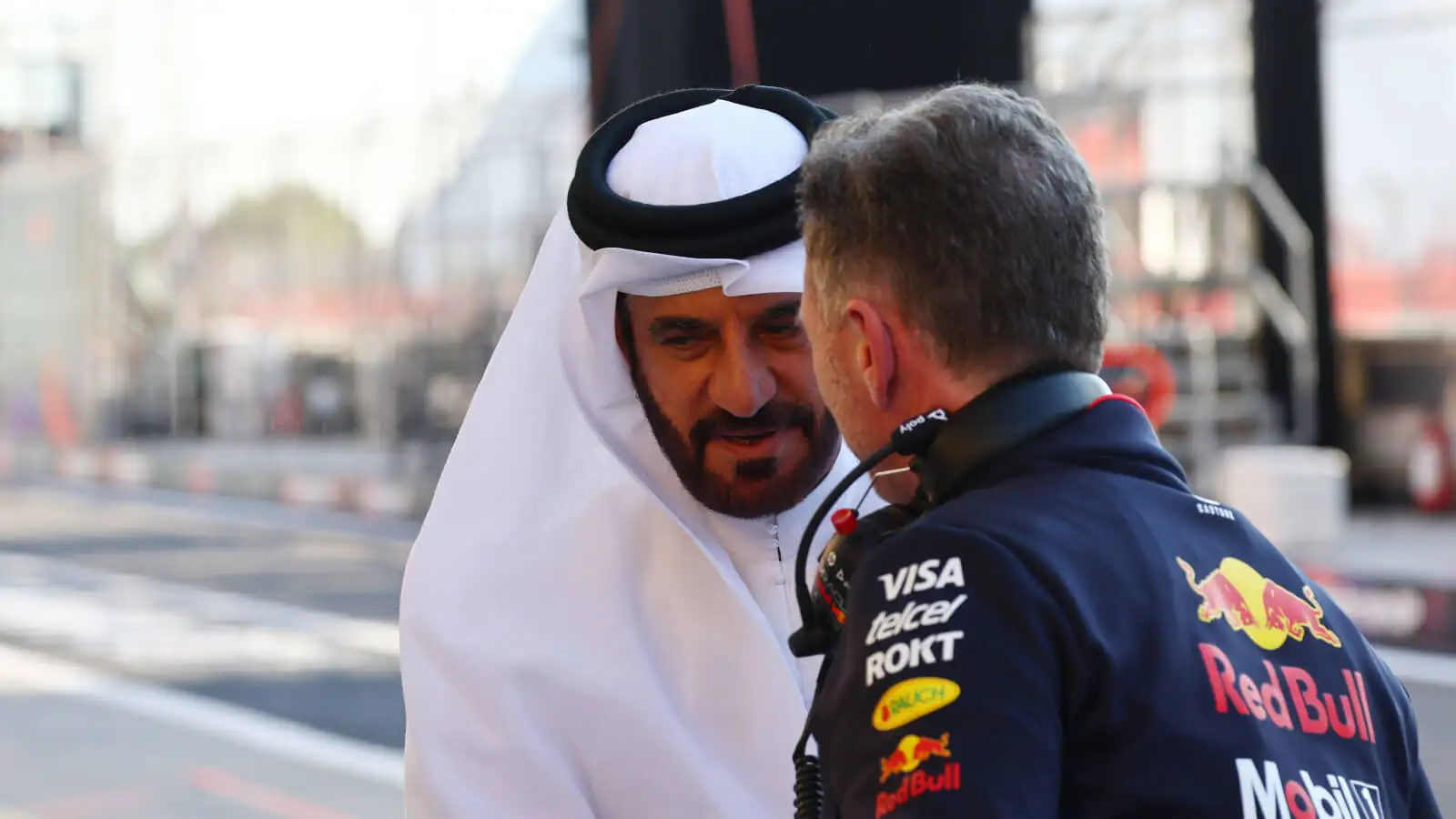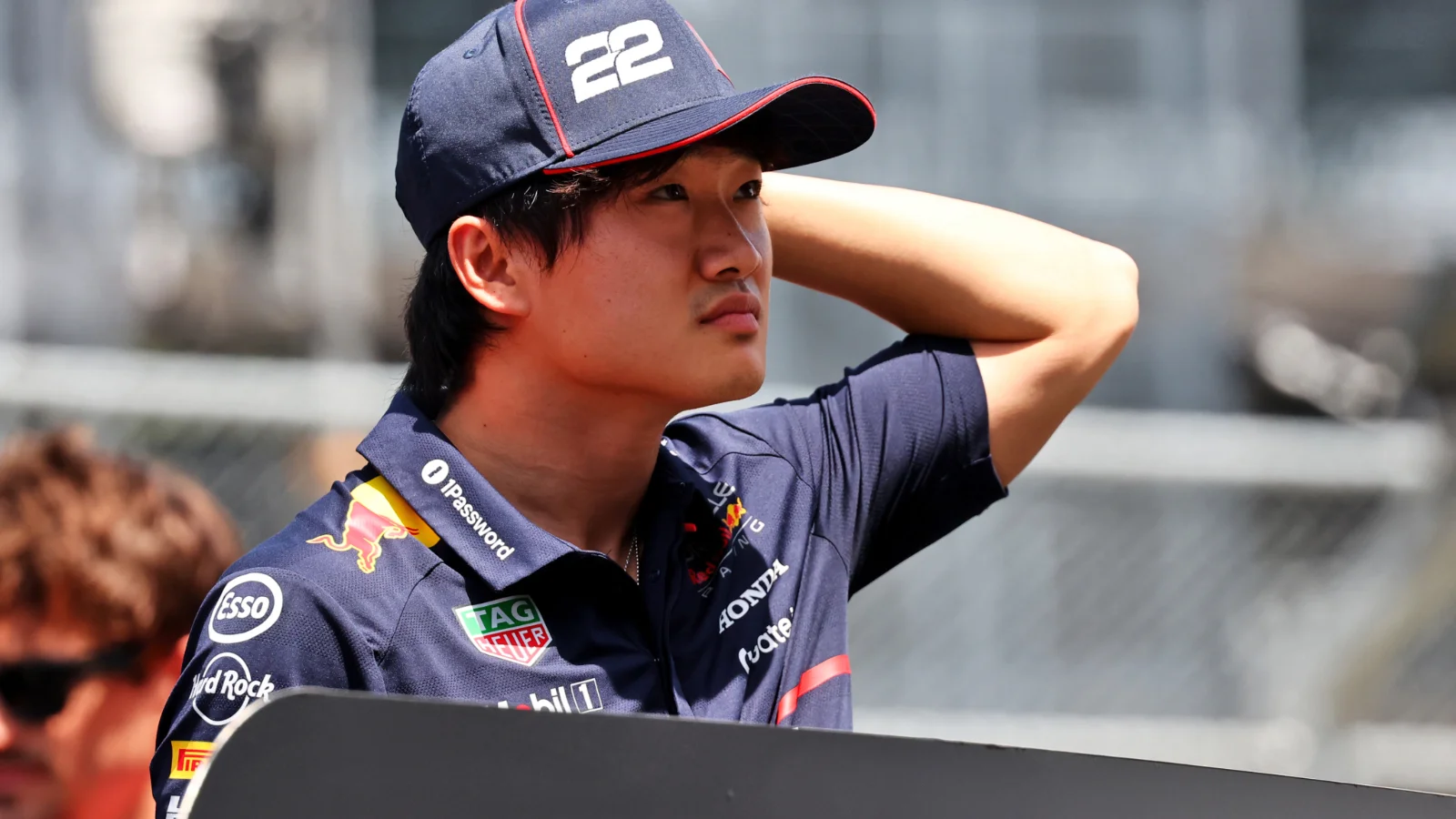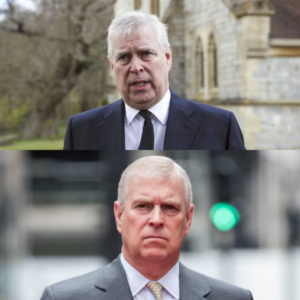FIA Stewarding Controversy at the Montreal Grand Prix: Christian Horner Speaks Out on Yuki Tsunoda’s Penalty
The recent Montreal Grand Prix stirred significant controversy in the Formula 1 community, not just for the racing action but also due to the FIA’s stewarding decisions. The focal point of this debate centers on Yuki Tsunoda, the Red Bull junior driver, who received a 10-place grid penalty for overtaking Oscar Piastri’s damaged McLaren during the final free practice session. Christian Horner, Red Bull’s team principal, was particularly vocal in criticizing the penalty, highlighting deeper issues with consistency and fairness in Formula 1 stewarding.

The Incident: Overtaking a Damaged Car Under Red Flag Conditions
During the last day of free practice in Montreal, Yuki Tsunoda overtook Piastri’s McLaren, which was limping slowly around the circuit with a severely punctured tire. While the action technically occurred under a red flag—a condition usually forbidding overtaking—Tsunoda’s decision was driven by safety concerns. The damaged car was moving perilously slowly and off the racing line, presenting a hazard not only to Tsunoda but potentially to other drivers as well.
Rather than risking following closely behind Piastri and possibly sustaining damage from debris or sudden stoppage, Tsunoda moved wide and passed the McLaren at a reduced speed of around 170 km/h, which is roughly half the normal speed on that section of track. Despite these mitigating circumstances, the FIA stewards handed Tsunoda a 10-place grid penalty for Sunday’s race.
Horner’s Criticism: A Call for Consistency
Christian Horner did not hold back his frustration with the penalty. In his remarks, he pointed out the apparent double standards in FIA’s decision-making. He noted that multiple drivers overtook while marshals were still on track after the race under safety car conditions, yet no penalties were applied. Horner emphasized that this lack of consistency undermines the credibility of the stewarding process.
“We expected some form of consistency,” Horner said, highlighting that while Tsunoda was penalized heavily for his overtaking under a red flag, drivers who overtook under arguably more dangerous safety car conditions post-race escaped penalty. Horner also praised Tsunoda’s overtaking skills, noting how difficult it is to pass on the Montreal circuit and suggesting that Tsunoda should have been encouraged by his performance rather than punished.

Comparing Past Incidents: The Perez Case
This isn’t the first time FIA stewarding has raised eyebrows regarding damaged cars on track. A similar incident occurred last year with Sergio Perez during the Spanish Grand Prix weekend, where Perez drove a Red Bull with a broken rear wing back to the pit lane. Perez was penalized with a modest three-place grid penalty for the next race in Barcelona.
Horner questioned why Tsunoda’s overtaking move was punished more severely than Perez’s, noting the apparent inconsistency in penalty severity. Such discrepancies fuel debates over whether FIA is applying the rules uniformly or arbitrarily.
Tsunoda’s Perspective: Safety First
Yuki Tsunoda himself explained his reasoning for overtaking Piastri’s crippled car. He saw the McLaren’s tire moving dangerously sideways and anticipated that the tire might disintegrate or shed debris. To avoid damage and ensure safety, Tsunoda chose to pass on the far right, away from the racing line and other cars.
In his own words, Tsunoda described the penalty as “ridiculous” given the circumstances: “I was going at half the speed we normally drive and I got a penalty. I don’t know what they want me to do.” His comments underline the dilemma drivers face when trying to balance adherence to regulations with on-track safety considerations.
The Impact on Tsunoda’s Race and Red Bull’s Strategy
The 10-place grid penalty proved costly for Tsunoda. He was eliminated in Q2 and set to start near the back of the grid, a position that severely hampered his chances for points. Horner lamented that Tsunoda’s race was effectively “ruined” before it began and insisted that had Tsunoda started in his qualifying position, he likely would have scored points.
This penalty also casts a shadow over Tsunoda’s future with Red Bull. Horner acknowledged that 2026 remains uncertain for the Japanese driver and that his performance in the remaining races of 2025 will be critical for securing his seat. The pressure is immense, especially with Red Bull’s junior driver pool brimming with talent ready to step up.

Rising Stars and Potential Replacements
Red Bull’s talent pipeline has never been stronger. Isaac Hajar, in particular, has been turning heads with his remarkable rookie performances and is considered a strong candidate to replace Tsunoda if he fails to deliver consistent results. Horner confirmed that Tsunoda now receives the same parts as Max Verstappen, signaling that there are no excuses for underperformance.
Hajar himself expressed eagerness to join the senior Red Bull team, despite acknowledging he’s not fully ready yet. His hunger to learn from Verstappen and fight at the highest level underscores the fierce competition within Red Bull’s driver ranks.
Meanwhile, some figures, including Peter Bayer of the FIA, have urged Red Bull to give young talents more time before making drastic changes. Nonetheless, the writing seems to be on the wall for Tsunoda if he cannot translate potential into points soon.
FIA’s Stewarding: A Need for Reform
This controversy surrounding Tsunoda’s penalty highlights a recurring theme in Formula 1: the perceived inconsistency and sometimes harshness of FIA stewarding decisions. Fans, teams, and drivers alike frequently question why similar incidents lead to vastly different outcomes.
The situation raises critical questions:
Should overtaking a dangerously slow and damaged car under a red flag be treated the same as overtaking under normal racing conditions?
How can the FIA ensure that penalties are consistent and transparent to maintain fairness?
Should drivers like Piastri, who drove a heavily damaged car on track, face penalties to discourage unsafe behavior?
The answers to these questions will shape the future of race control and stewarding in Formula 1. Greater clarity and consistency could go a long way in restoring faith in the governing body’s decisions.
Conclusion: A Tough Road Ahead for Tsunoda and F1’s Stewarding System
Yuki Tsunoda’s penalty at the Montreal Grand Prix has sparked intense debate about safety, fairness, and consistency in Formula 1 stewarding. Christian Horner’s outspoken criticism has brought these issues to the forefront, questioning the logic behind penalizing a driver who acted to protect himself and others on track.
For Tsunoda, the stakes are high. With Red Bull’s talent pool ready to challenge his place, he must now focus on delivering strong performances under pressure. Meanwhile, the FIA faces growing scrutiny to standardize and justify its decisions, ensuring they uphold safety without unfairly penalizing drivers who make split-second judgment calls.
As Formula 1 evolves, so too must the stewarding system, balancing strict rule enforcement with practical racing realities. Only then can the sport maintain its competitive integrity and ensure that justice is served consistently — both on and off the track.
Full Video:





